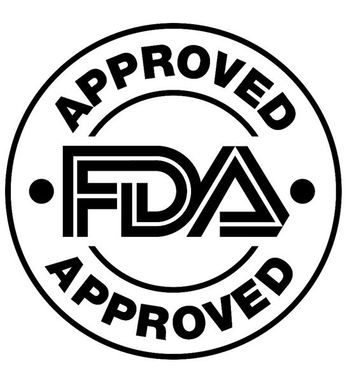
Gout Comorbidities and Costs Climb
Once a disease of kings, gout affects an increasing number of “commoners”-and the physical and economic toll is high.
Gout was associated with a high level of cardiovascular, metabolic, and renal comorbidities, and led to substantial direct and indirect costs, according to a Canadian systematic review.
Of 15 studies that met eligibility criteria, 3 controlled studies reported all-cause total direct costs based on specific populations at $4733, $16,925, and $18,362 per capita among employed (mean age, 46), elderly (mean age, 71), and treatment-refractory (mean age, 50) gout populations, respectively, reported
In comparison, those costs came in at $2562, $10,590, and $7188, respectively, among corresponding non-gout patients, they wrote in
In addition, the comorbid burden was more prevalent among gout sufferers with higher serum uric acid (SUA) levels and more frequent attacks. Those with SUAs of >9 mg/dL or annual attacks had a higher prevalence of hypertension, renal impairment, chronic kidney disease, dyslipidemia, and ischemic heart disease, the authors stated.
It may once have been the disease of kings, but gout now affects an increasing number of “commoners,” specifically 3.9% of the US population (8.3 million) over the past few decades. A 2013 literature review estimated the
Rai’s group synthesized data from eligible gout studies dating from 1946 to 2014. Twelve were from the US, while one originated in each of Canada, Taiwan, and Spain. The researchers extracted relevant economic parameters and inflated-adjusted reported costs to 2013 US dollars.
The study looked at both overall direct costs of care and direct costs by gout severity or SUA level, as well as indirect costs incurred by work impairment and lost productivity. Not many of the studies in question compared gout patients with gout-free controls, and the researchers called for the inclusion of a gout-free comparison group in future research.
Two uncontrolled studies in the sample estimated total all-cause direct costs in unselected gout populations at $11,080 and $13,171 respectively. Gout-related costs ranged from $172 to $6179, depending on population characteristics.
Six studies reported positive associations between direct costs and SUA level, attack frequency, and tophi presence. In one study, patients with SUAs of <6 mg/dL versus >9 mg/dL incurred $11,1421 and $17,548, respectively, in total all-cause direct costs. Among elderly patients with tophi and severely refractory patients (>6 flares/y), total all-cause estimates reached $25,917 and $26,890, respectively.
A Canadian study reported the
Unsurprisingly, several studies reported higher costs related to concurrent illnesses in gout patients. “These data suggest that the care of comorbid conditions may be an important contributor to the overall economic burden of gout,” Rai’s group wrote.
Four studies addressed indirect, disability-related costs. One controlled study found indirect workers’ compensation costs of $1789 versus $961 for gout versus non-gout patients. Another analysis estimated indirect costs to be as high as $4341 per capita for treatment-refractory patients having 8 flares per year, each accounting for a loss of 3 workdays.
“Overall, the limited available data suggest that gout patients incurred substantially greater all-cause and gout-specific direct costs and indirect costs as compared with gout-free individuals among elderly and treatment-refractory gouty patients, whereas reported costs were considerably less among employed gouty patients,” Rai and colleagues wrote, adding that direct costs increased with worsening disease characteristics.
The study had some limitations. The identification and selection of relevant citations may have been skewed by publication bias, and the heterogeneity of cost data across differing studies precluded a quantitative meta-analysis.
The authors called for future research to produce population-based cost estimates of gout using appropriate comparator groups and for a comprehensive assessment of direct and indirect costs.
Rai and most co-authors disclosed no relevant relationships with industry. One co-author disclosed relevant relationships with AstraZeneca and Takeda Pharmaceuticals.
- Reviewed by
Robert Jasmer, MD, Associate Clinical Professor of Medicine, University of California, San Francisco, and Dorothy Caputo, MA, BSN, RN, Nurse Planner
Primary Source: Seminars in Arthritis & Rheumatism
This article was first published on
Newsletter
Enhance your clinical practice with the Patient Care newsletter, offering the latest evidence-based guidelines, diagnostic insights, and treatment strategies for primary care physicians.





















































































































































































































































































